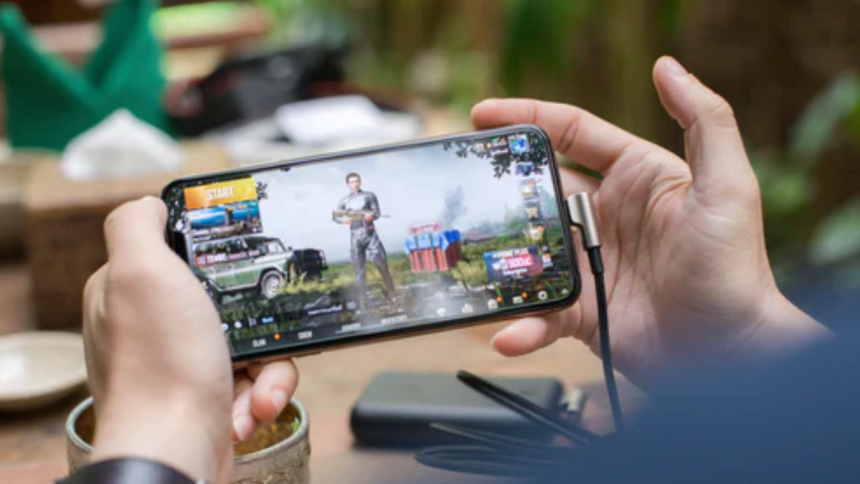Since its beginning in the 1990s, mobile gaming has exploded in popularity. It’s now the biggest segment of the global gaming market, enjoying larger revenue than the combined might of both console and PC games.
In this article, we’ll cover mobile gaming, focusing on its accessibility and seemingly endless genres and titles.
Mobile Gaming Popularity
In 1994, the world was introduced to mobile gaming with pre-installed Tetris on the Hagenuk MT-2000. However, Snake, first featured on the Nokia 6110 in 1997, saw mobile gaming reach a wide audience. Its simplistic, addictive gameplay proved an instant hit and paved the way for more complex mobile entertainment.
Since then, smartphones have become ubiquitous. Users can download thousands of free games via Apple’s App Store and Android’s Google Play Store. Mobile gaming is now easily accessible to billions of people worldwide, with intuitive touchscreen controls.
A World of Genres
Mobile games are available in every genre of their console and PC counterparts. Puzzle games are a staple, with titles like Candy Crush dominating much of the 2010s and Lara Croft GO still enjoyed by thousands.
Strategy games like Among Us allow players to partner up and face off against other people and outwit them. Smartphone games are great at mimicking the movements of real-life games like pool and darts, making them accessible on the go. Social casino games like Deal or No Deal offer players exciting simulations of classics and the chance to win cash prizes.
The Advantages of Mobile Gaming
Many developers offer their A-list titles on mobile devices, like Epic Games’ Fortnite and Square Enix’s Final Fantasy VII. Players can experience their favourite games without being forced to stay home and get the same multiplayer and online community experience.
For those interested in emulation, modern smartphones are more powerful than consoles released in the 2000s, like the GameCube and PS2. They have higher processing power, graphics capabilities, and memory, making emulation of classic titles from the 1980s easy. Being able to play these games for short periods before putting a phone away in a pocket makes them ideal for lunch breaks and commuters.
The Future of Mobile Gaming
The mobile gaming industry is expected to continue growing throughout the decade and into the 2030s. Technological advancements in AI, augmented, and virtual reality will make games more immersive, with improved realism and unique interactivity.
Features like AI-powered NPCS will create personalised conversations that boost game replayability and player retention. The rollout of 5G will make online gaming more seamless, essential to the experience of real-time multiplayer, action-based games.
Developers are targeting users over 35 to target a more diverse gaming community. Esports have focused on mobile gaming, giving it a more competitive edge and other options for players looking to sharpen their skills. More titles will incorporate social features, including live streaming and in-game chats, to make them feel like social platforms.
Lynn Martelli is an editor at Readability. She received her MFA in Creative Writing from Antioch University and has worked as an editor for over 10 years. Lynn has edited a wide variety of books, including fiction, non-fiction, memoirs, and more. In her free time, Lynn enjoys reading, writing, and spending time with her family and friends.















